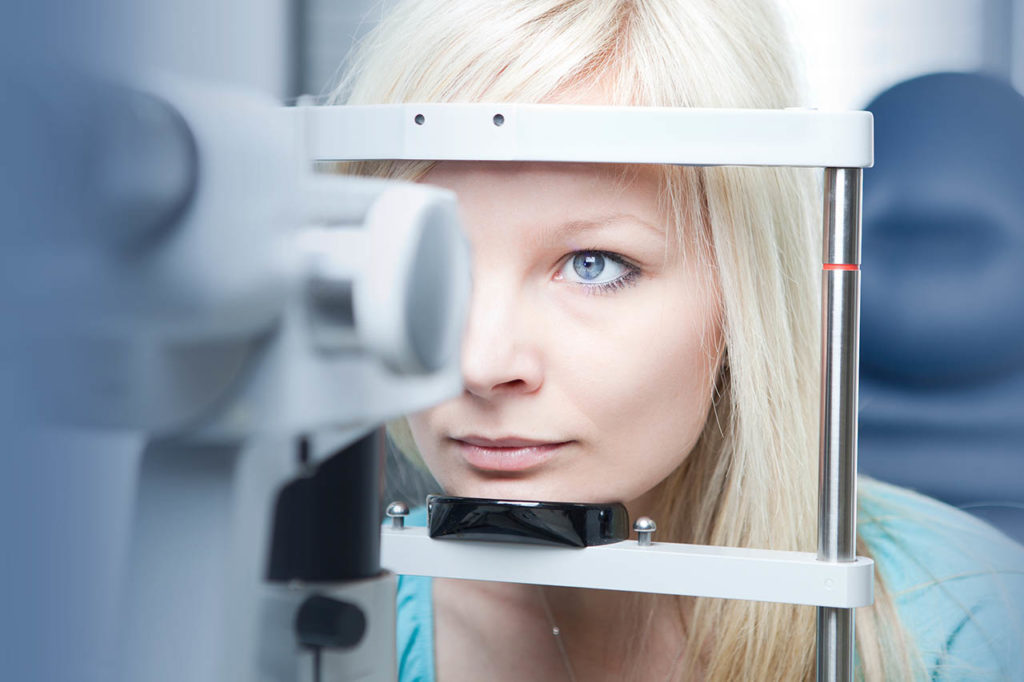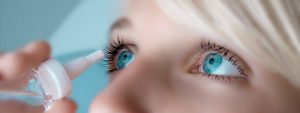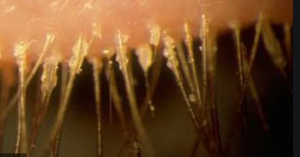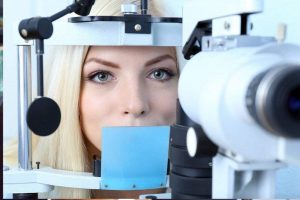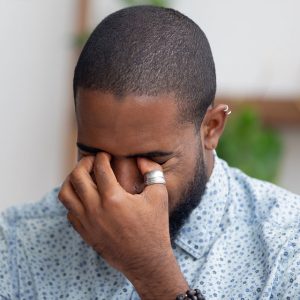Dry eyes affect up to 50% of all adults. With a comprehensive exam, you can find out what is causing your dry eyes and the best way to treat them.
Dry eye syndrome can be terribly uncomfortable. Dealing with symptoms like gritty, red itchy eyes, blurry vision, and light sensitivity can make daily life difficult. Fortunately, your eye doctor is here to help.
Here’s what you can expect from a dry eye exam at your local eye clinic.
Before your dry eye appointment
Before coming in to see your eye doctor, you may speak to your family doctor. They may be able to assess some of the factors contributing to your dry eye, however, most family doctors do not have the specific equipment to diagnose the cause of your dry eye symptoms.
In most cases, it will be your eye doctor who will be more able to quickly and accurately diagnose the cause of your dry eye issues, and recommend long-term solutions.
Prepare a snapshot of your symptoms
Write down a list of your symptoms before your dry eye appointment, so that you can give as thorough a picture as possible to your eye doctor.
Don’t just limit your list to symptoms directly related to your eyes. Your whole body is a web on interconnected systems. If something is wrong in one system, it can easily affect parts of another.
Consider the following questions that your eye doctor is likely to ask when you arrive at your appointment:
- Do you have a family history of dry eye syndrome or other eye conditions?
- When did your dry eye symptoms start, and how often do you get them?
- Are there specific situations or places when/where your symptoms worsen? At a certain time of day, at a particular location, during a particular activity?
- Are you taking medication or receiving treatment for any medical conditions?
- Have you tried any dry eye treatments, and how did they work for you?
SEE RELATED: Does Tear Osmolarity Indicate Dry Eyes?
If you suffer with dry eyes, schedule an appointment for a dry eye exam—it might be the solution you have been looking for.
Prepare your questions
You may also make a list of any questions you have for your eye doctor, so that you don’t later realize you forgot to ask something.
Along with anything else you may be wondering, some questions that are usually good to ask may include:
- What factors are contributing to my dry eyes?
- Is there anything I can do to help reduce my symptoms?
- What treatments would help with my dry eye symptoms, and will those treatments have side effects?
- Should I plan to come in again for another dry eye visit?
Your dry eye appointment
After getting an overall picture of your health, your eye doctor will perform a range of specific tests to determine why your eyes feel dry and decide on a course of treatment.
These tests will measure the quality and volume of your tears, how quickly your eye is able to make them, and how long it takes for your tears to dry up.
Your dry eye exam may include:
1. Phenol red thread test
For this test, your eye doctor will briefly put a thin red thread across your eyes to see how many tears are produced over those few seconds. This will be done for both eyes, and then your eye doctor will compare the two results. This test evaluates if the aqueous (or water) layer of your tears has broken down by measuring the overall volume of your tears.
If the aqueous layer is compromised, tears may have a hard time spreading over the entire surface of the eye, leaving your eyes feeling dry.
2. Schrimer’s test
For the Schirmer’s test, your eye doctor will place a small strip of medical paper inside your lower eyelid and ask you to close your eyes.
After a few minutes, your eye doctor will ask you to open your eyes again, and they will evaluate how far your tears have travelled on the paper. This will show the eye doctor the amount of water in your tears.
The farther the tears travel, the more water there is in your tears.
3. Tear break up time (TBUT)
For this test your eye doctor will gently touch your eye with a sterilized blotting paper. This paper contains an orange dye that will spread across your eye as you blink, and gently coat the tear film that covers your cornea.
After the dye has been spread, your eye doctor will use a blue light to light up the dye, making your tears glow. By observing the tears in this way, your eye doctor can evaluate the rate of evaporation of your tears.
4. Corneal examination
This test is conducted during the TBUT exam as the blue light also allows the eye doctor to view if there has been any damage to the cornea.
Damage to the cornea appears as glowing green, indicating the death of corneal cells.
This exam will help the eye doctor diagnose any problems or corneal damage that may have resulted from your chronic dry eye.
5. Meibomian gland evaluation
This test will help your eye doctor evaluate the tiny oil glands, called meibomian glands, that line the edges of your eye lids. These tiny glands produce the vital oil layer in the tears which keep tears from evaporating too quickly.
Many eye doctors have a range of devices to scan the eyelids and produce images or videos exploring the functioning of the meibomian glands.
The eye doctor may also manually touch the eyelids by gently pressing on the glands to examine the quality and quantity of the oil. If the oil seems clogged or otherwise doesn’t come out smoothly, this is likely at least one factor causing your dry eye symptoms
Once these tests are done, your eye doctor will be able to speak to you about treatment and other follow-up steps.
The sooner you get to your eye doctor, the sooner they can run these and other diagnostic tests to determine the underlying cause of your symptoms and provide the relief you have been seeking.
LEARN MORE: Guide to Dry Eye
Don’t let dry eyes impact your lifestyle, schedule an appointment for a dry eye exam, to find out which solution works best for you.
Dry eye syndrome can be terribly uncomfortable and impact your quality of life
Dealing with symptoms like gritty, red itchy eyes, blurry vision, and light sensitivity can make daily life difficult. Fortunately, your eye doctor is here to help.

